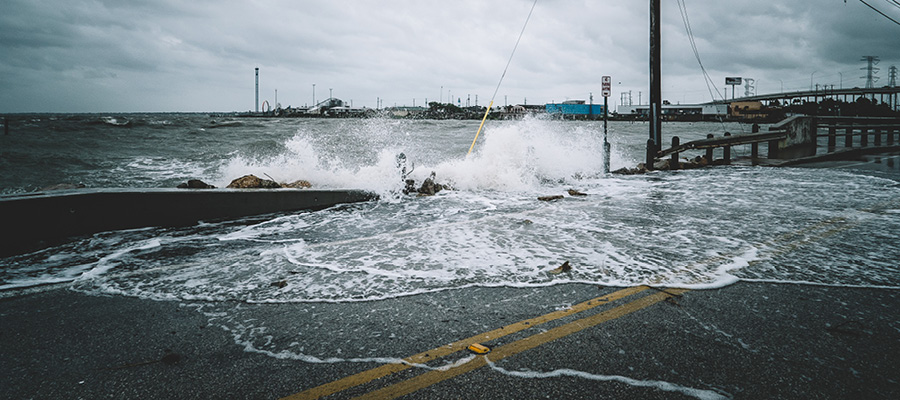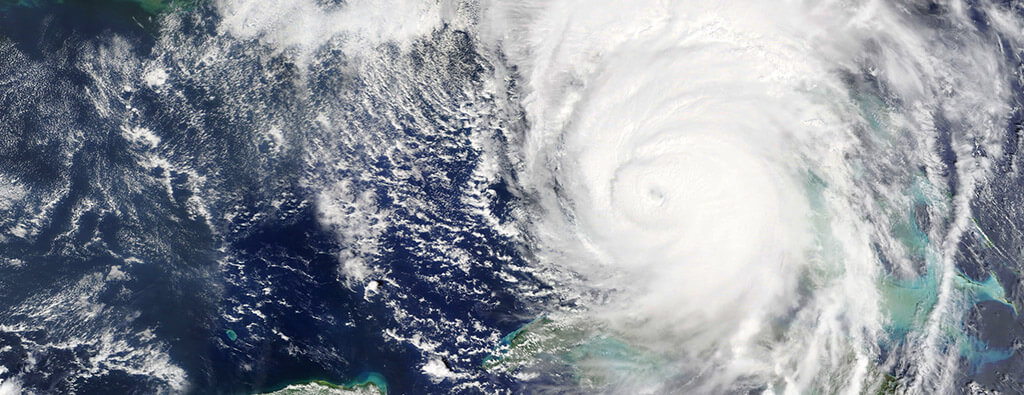In recent years, pre-disaster mitigation for emergency preparedness have evolved beyond reactive responses to disasters. There’s a growing recognition of the importance of proactive measures to mitigate risks and build resilience before disasters strike.
Pre-disaster mitigation offers innovative strategies to minimize the impact of natural hazards on communities and infrastructure. In this article, we’ll explore how it redefines emergency preparedness and transforms how we approach disaster management.
Understanding Pre-Disaster Mitigation
Pre-disaster mitigation refers to proactive measures taken to minimize the impact of potential disasters before they occur.
This approach contrasts with traditional emergency management strategies, which often focus more on response, recovery, and mitigation after a disaster has already struck. Pre-disaster mitigation aims to identify, assess, and reduce risks associated with natural hazards such as floods, hurricanes, earthquakes, wildfires, and tsunamis, among others.
Here’s a deeper look into understanding pre-disaster mitigation:
Risk Assessment
At the core of pre-disaster mitigation is the process of risk assessment. This involves identifying and analyzing potential hazards and evaluating their likelihood and potential impacts on communities, infrastructure, and the environment.
Through comprehensive risk assessments, authorities can prioritize mitigation efforts and allocate resources effectively to address the most significant threats.
Vulnerability Analysis
Understanding the vulnerabilities of communities and infrastructure is essential for effective pre-disaster mitigation.
Vulnerability analysis examines factors such as population density, socioeconomic status, building codes, infrastructure quality, and environmental conditions to identify areas at greater risk of damage and loss during disasters. By identifying vulnerabilities, authorities can implement targeted mitigation measures to reduce risks and enhance resilience.
Structural Mitigation Measures
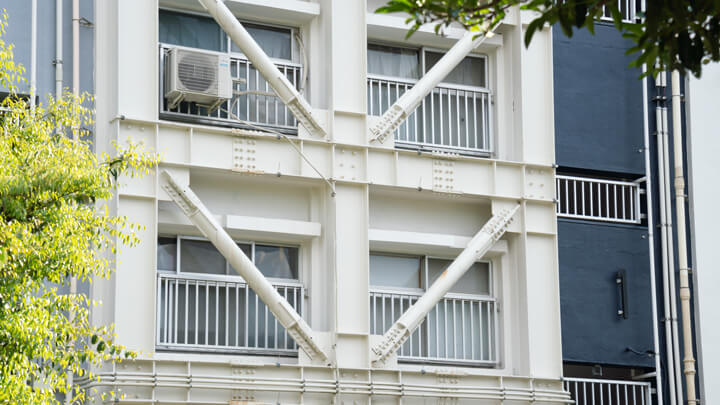
Structural mitigation measures involve physical modifications to buildings, infrastructure, and the environment to reduce vulnerability to natural hazards. These measures may include retrofitting buildings to withstand earthquakes, reinforcing critical infrastructure such as bridges and dams, constructing flood barriers and levees, and implementing wildfire-resistant landscaping techniques.
Structural mitigation measures aim to minimize the physical impacts of disasters and protect lives, property, and critical assets.
Non-Structural Mitigation Measures
In addition to structural interventions, pre-disaster mitigation encompasses non-structural measures aimed at reducing risk through planning, policy, and education.
These measures may include updating building codes and land-use regulations to discourage development in high-risk areas, implementing early warning systems to alert communities of impending hazards, and conducting public education campaigns to raise awareness about disaster preparedness and mitigation strategies.
Community Engagement and Participation
Effective pre-disaster mitigation requires active engagement and participation from all stakeholders, including government agencies, community organizations, residents, and private sector entities, such as emergency management consultants.
Community involvement in the mitigation process fosters a sense of ownership, builds trust, and promotes collective action to address shared risks. By involving local communities in decision-making processes, authorities can ensure that mitigation efforts are culturally sensitive, socially equitable, and responsive to community needs.
Long-Term Planning and Investment
Pre-disaster mitigation is a long-term investment in the resilience and sustainability of communities. Although the initial expenses for mitigation measures may be considerable, they are frequently surpassed by the savings from avoiding disaster-related losses and recovery costs.
Investing in pre-disaster mitigation can result in multiple benefits, including reduced loss of life, less damage to property and infrastructure, lower insurance premiums, and enhanced community well-being and quality of life.
Redefining Emergency Preparedness
Shifting from Reactive to Proactive Preparedness Approaches
Pre-disaster mitigation marks a significant shift from reactive responses to disasters to proactive risk reduction measures. Instead of waiting for disasters and then mobilizing resources for response and recovery, this strategy seeks to identify and address vulnerabilities before they manifest into disasters.
By investing in mitigation measures upfront, communities can reduce the likelihood and severity of future events, saving lives, and minimizing economic losses.
Integration into Comprehensive Emergency Management
Pre-disaster mitigation is increasingly being integrated into comprehensive emergency management frameworks encompassing preparedness, response, disaster recovery, and mitigation.
Emphasis on Risk Reduction and Resilience Building
While traditional emergency preparedness efforts often focus on responding to immediate threats, pre-disaster mitigation takes a broader and more strategic approach to risk reduction and resilience building.
By identifying and addressing underlying vulnerabilities, such as inadequate infrastructure, poor land-use practices, and socioeconomic disparities, communities can enhance their capacity to withstand and recover from disasters. This involves physical improvements and investments in social, economic, and institutional resilience.
Pre-Disaster Mitigation in Action
Retrofitting Buildings for Seismic Resilience
In earthquake-prone regions such as California, pre-disaster mitigation efforts have focused on retrofitting buildings to withstand seismic forces.
Communities have encouraged property owners to reinforce structures, update building codes, and adopt resilient construction techniques through incentives, grants, and regulations.
These efforts have helped mitigate the risks of collapse and injury during earthquakes, saving lives and reducing the need for costly post-disaster reconstruction.
Coastal Adaptation and Flood Mitigation
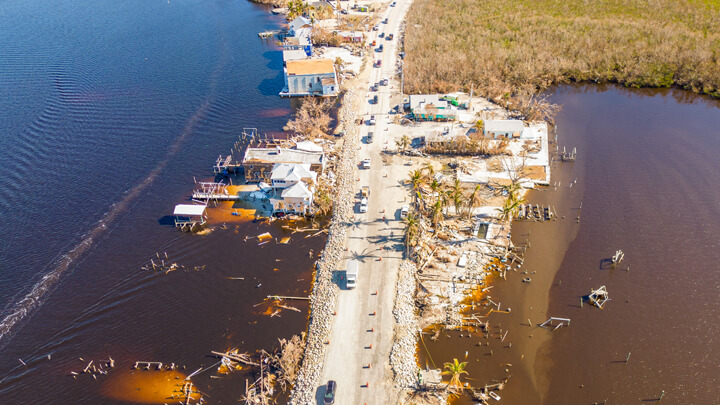
Coastal communities face increasing risks from sea-level rise, storm surges, and flooding. Pre-disaster mitigation efforts in these areas have prioritized coastal adaptation measures such as beach nourishment, dune restoration, and the construction of seawalls and levees. By protecting vulnerable coastlines and enhancing natural buffers, these interventions reduce the likelihood of coastal erosion, property damage, and displacement due to flooding and storm events.
Community-Based Hazard Mitigation Planning
Community-based hazard mitigation planning engages local stakeholders in identifying risks, setting priorities, and implementing mitigation actions tailored to the unique needs and circumstances of each community.
These empower residents, businesses, and organizations to take ownership of their resilience efforts, fostering a sense of collective responsibility and commitment to risk reduction. By integrating local knowledge, values, and resources into mitigation planning, communities can enhance their resilience and sustainability in the face of diverse hazards.
The Transformation of Emergency Preparedness
Emergency preparedness is undergoing a transformation. Gone are the days of merely reacting to crises as they arise. Instead, there’s a shift towards a more proactive, holistic approach to resilience-building.
Here’s how to collectively redefine emergency preparedness:
- Adopt a Whole-of-Society Approach
Emergency preparedness is the responsibility of everyone in a community. It requires a collaborative, whole-of-society approach that engages all sectors of society, including government, businesses, non-profits, community organizations, and individual citizens. It requires a collaborative, whole-of-society approach that engages all sectors of society, including government, businesses, non-profits, community organizations, and individual citizens.
By working together, they can leverage diverse expertise, resources, and perspectives to strengthen our collective resilience.
- Prioritize Risk Reduction and Mitigation
Rather than waiting for disasters to strike, it’s important to prioritize efforts to mitigate risks and reduce vulnerabilities before they escalate into crises. This means investing in measures such as infrastructure improvements, land-use planning, building codes, and ecosystem restoration to minimize the impact of natural hazards.
By taking proactive steps to mitigate risks, communities can significantly reduce the severity and frequency of disasters.
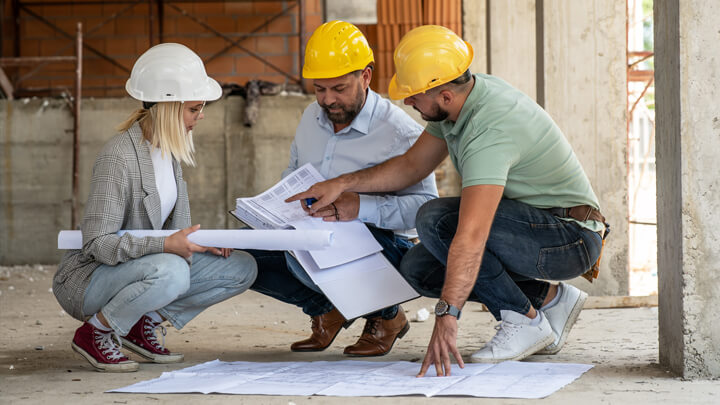
- Encourage Community Resilience and Empowerment
At the heart of effective emergency preparedness is the resilience of communities. Empowering communities to identify their unique risks, strengths, and needs and support them in developing customized preparedness plans. This involves providing resources, training, and support to help communities build social networks, strengthen local institutions, and foster a culture of preparedness and mutual aid. - Embrace Technology and Innovation
Advancements in technology offer unprecedented opportunities to enhance emergency preparedness and response. From early warning systems and predictive analytics to communication tools and mobile apps, technology can improve situational awareness, streamline coordination, and facilitate rapid response efforts. By embracing innovation, communities can harness the power of technology to save lives and protect livelihoods. - Promote Equity and Inclusion
Emergency preparedness efforts must be equitable and inclusive, ensuring that all individuals and communities have equal access to resources and support regardless of race, ethnicity, socioeconomic status, or ability.
It’s important to address systemic inequities that exacerbate vulnerability to disasters and prioritize the needs of marginalized and underserved populations. By promoting equity and inclusion, communities can build a more resilient and just society for all.
- Foster a Culture of Preparedness
Finally, it’s vital to foster a culture of preparedness that emphasizes the importance of individual and collective responsibility in mitigating risks and responding to emergencies. This involves educating the public about potential hazards, encouraging personal preparedness, and promoting community engagement in resilience-building activities.
By instilling a sense of readiness and empowerment, communities can create a more resilient society capable of facing whatever challenges may arise.
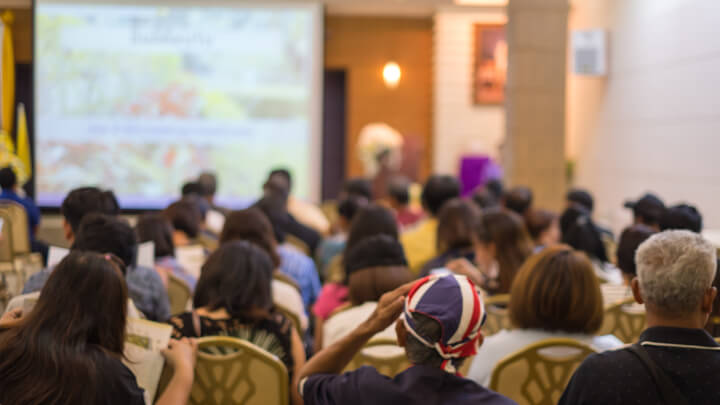
Implementing Pre-Disaster Mitigation
Through targeted investments, collaboration, and community engagement, pre-disaster mitigation strategies are helping to create safer, more resilient communities capable of withstanding and recovering from disasters more effectively.
At Tidal Basin Group, we are committed to leading the charge in disaster preparedness, response, recovery, and mitigation. Contact us today to learn how we help everyday communities face growing threats from natural disasters with comprehensive pre-disaster mitigation solutions.
